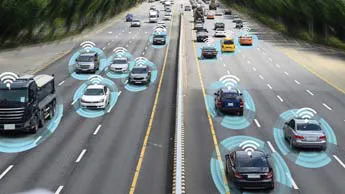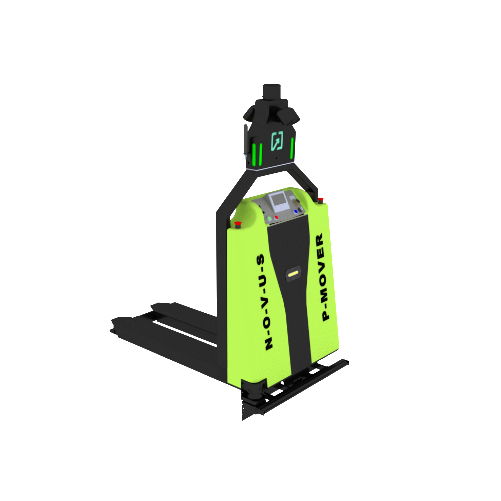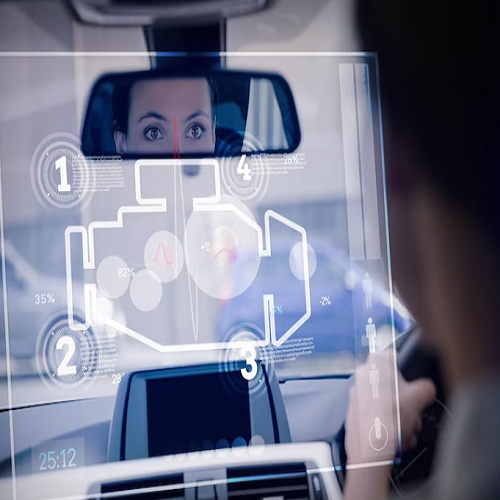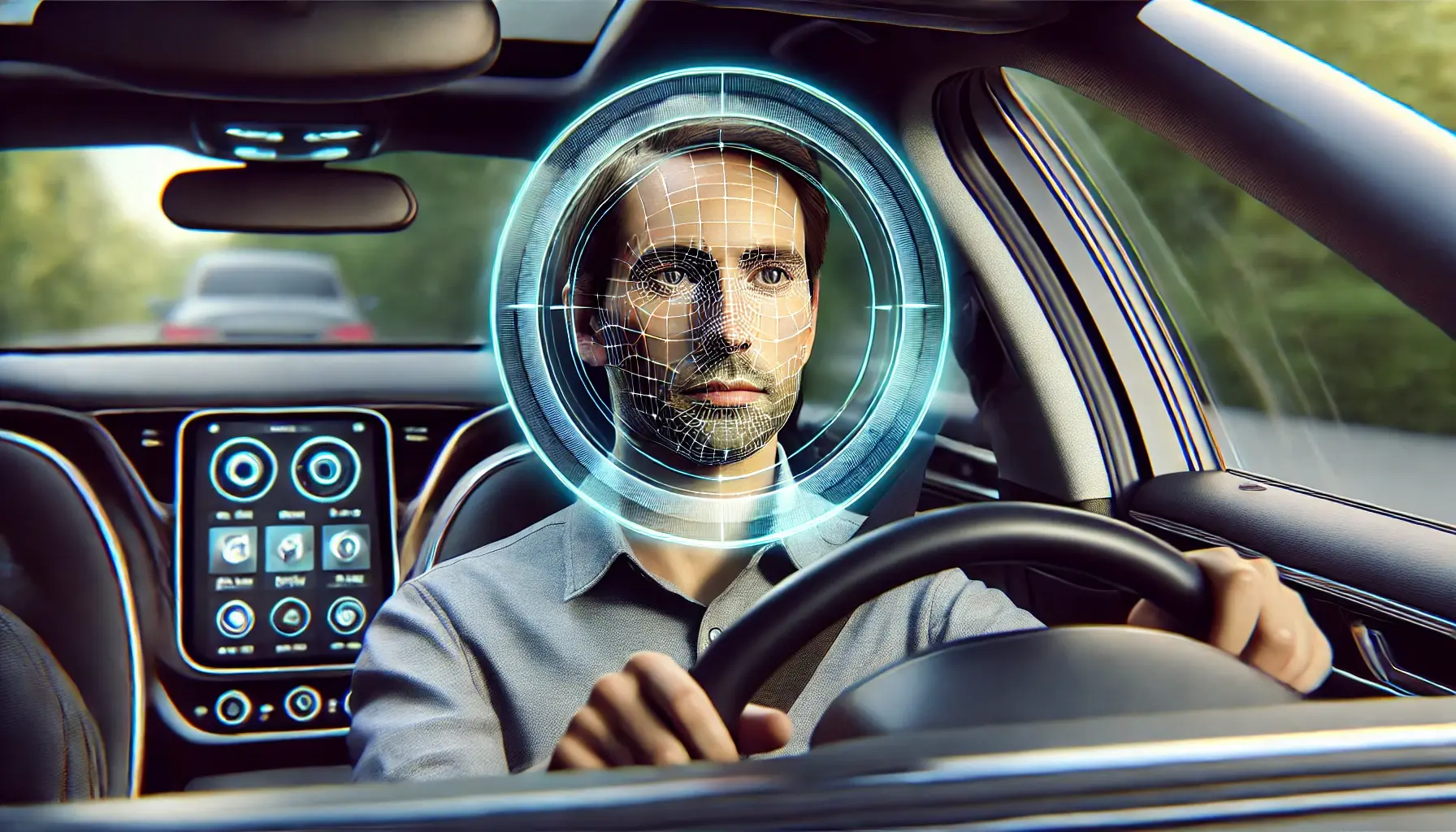Introduction to ADAS Technology
As automotive technology evolves, safety innovations remain at the forefront of industry advancements. Advanced Driver Assistance Systems (ADAS) are a significant leap forward in automotive safety and convenience. This technology aims to reduce human error and enhance driving experiences, making roads safer for everyone. But what is ADAS technology, and how does it work? Let’s delve into the world of ADAS to understand its components, functionalities, benefits, and prospects.
Definition and Purpose of ADAS
ADAS, or Advanced Driver Assistance Systems, is a suite of electronic technologies designed to assist drivers in driving and parking functions. These systems utilize a combination of sensors, cameras, radar, and software to monitor the vehicle’s surroundings, providing critical information and automation to enhance safety and driving convenience.
Brief History and Evolution of ADAS
The roots of ADAS can be traced back to the 1950s with the introduction of the first cruise control systems. However, the real evolution began in the late 1990s and early 2000s when more sophisticated systems like lane departure warnings and adaptive cruise control emerged. Today, ADAS encompasses a wide range of features to make driving safer and more efficient.

Key Components of ADAS
Sensors and Cameras
Sensors and cameras are the eyes and ears of ADAS. They capture real-time data about the vehicle’s environment, including nearby cars, road markings, traffic signs, and obstacles. High-resolution cameras provide visual data, while ultrasonic sensors help with short-range detection.
Radar and Lidar Systems
Radar and lidar systems play a crucial role in ADAS by providing precise distance measurements and detecting objects in various weather conditions. Radar is particularly effective for long-range detection, while lidar excels in creating detailed 3D maps of the environment.
Software and Algorithms
The heart of ADAS lies in its software and algorithms. These systems process the data collected by sensors and cameras, making real-time decisions to assist the driver. Advanced algorithms interpret the data, detect potential hazards, and activate necessary interventions to prevent accidents.
How ADAS Works
Data Collection and Processing
ADAS continuously collects data from its sensors and cameras, processing this information to understand the vehicle’s surroundings. The system identifies lane markings, nearby vehicles, pedestrians, and other obstacles, creating a comprehensive picture of the driving environment.
Real-Time Decision Making
Using the processed data, ADAS systems make real-time decisions to assist the driver. For example, if the system detects that the vehicle is veering out of its lane, it can issue a lane departure warning or even perform corrective steering. Similarly, adaptive cruise control adjusts the vehicle’s speed to maintain a safe distance from the car ahead.
Examples of ADAS Features
- Lane Departure Warning (LDW): Alerts the driver when the vehicle unintentionally drifts out of its lane.
- Adaptive Cruise Control (ACC): Automatically adjusts the vehicle’s speed to maintain a safe following distance.
- Automatic Emergency Braking (AEB): Detects imminent collisions and applies the brakes to avoid or mitigate an impact.
Types of ADAS Technology
Passive ADAS Systems
Passive ADAS systems provide warnings and alerts to the driver without taking direct control of the vehicle. Examples include lane departure warnings and blind-spot monitoring. These systems rely on the driver to take action based on the provided information.
Active ADAS Systems
Active ADAS systems go a step further by taking direct control of certain driving functions. Examples include automatic emergency braking and adaptive cruise control. These systems can intervene to prevent accidents or enhance driving comfort by automating specific tasks.
Benefits of ADAS Technology
Enhanced Road Safety
One of the primary benefits of ADAS technology is enhanced road safety. By providing timely warnings and automated interventions, ADAS can significantly reduce the risk of accidents caused by human error. Features like automatic emergency braking and lane-keeping assist have been shown to prevent collisions and save lives.
Reduced Human Error
Human error is a leading cause of road accidents. ADAS helps mitigate this risk by providing assistance and automation that corrects or compensates for driver mistakes. This reduction in human error leads to safer driving conditions for everyone on the road.
Improved Driving Comfort and Convenience
ADAS not only enhances safety but also improves driving comfort and convenience. Features like adaptive cruise control and automated parking make driving less stressful and more enjoyable. These systems handle routine tasks, allowing drivers to focus on the road ahead.
Challenges and Limitations
Technical and Regulatory Challenges
Despite its many benefits, ADAS technology faces several technical and regulatory challenges. Ensuring the reliability and accuracy of sensors and algorithms is crucial for system performance. Additionally, regulatory standards and legal frameworks must evolve to accommodate these advanced technologies.
Cost Implications for Manufacturers and Consumers
The development and integration of ADAS technology can be costly for manufacturers, which may lead to higher prices for consumers. While the long-term benefits of ADAS can justify the investment, the initial cost can be a barrier to widespread adoption.
Dependence on Infrastructure
ADAS systems often rely on well-maintained road infrastructure, including clear lane markings and traffic signs. In regions with poor infrastructure, the effectiveness of ADAS can be compromised. Ongoing improvements to road infrastructure are necessary to maximize the benefits of ADAS technology.
Future of ADAS

Innovations and Upcoming Technologies
The future of ADAS is promising, with ongoing innovations and technological advancements. Next-generation sensors, improved algorithms, and enhanced connectivity are expected to make ADAS even more reliable and capable. Features like vehicle-to-everything (V2X) communication will enable vehicles to share information with infrastructure, further improving safety and efficiency.
ADAS as a Stepping Stone to Fully Autonomous Vehicles
ADAS technology is often seen as a crucial step towards fully autonomous vehicles. By gradually introducing automation and building driver trust, ADAS is paving the way for the development and acceptance of self-driving cars. As ADAS features become more advanced, the transition to autonomous driving will become smoother.
Potential Impact on the Automotive Industry and Society
The widespread adoption of ADAS technology will have a profound impact on the automotive industry and society as a whole. Improved safety, reduced accidents, and enhanced driving experiences will reshape the way we think about transportation. Additionally, the development of ADAS will drive innovation and create new opportunities in the automotive sector.
Conclusion
ADAS technology represents a significant leap forward in automotive safety and convenience. By leveraging advanced sensors, cameras, radar, and software, ADAS enhances road safety, reduces human error, and improves driving comfort. While challenges remain, the future of ADAS is bright, with ongoing innovations and advancements paving the way for fully autonomous vehicles.
At Novus Hi-tech, we are committed to providing cutting-edge ADAS solutions that prioritize safety and reliability. Our state-of-the-art ADAS technology integrates seamlessly with your vehicle, offering unparalleled assistance and peace of mind. Choose Novus Hi-tech for the future of safe driving.
FAQs
How does ADAS technology improve road safety?
ADAS technology improves road safety by providing real-time warnings and automated interventions that help prevent accidents and reduce the impact of human error.
What is the role of sensors in ADAS technology?
Sensors in ADAS technology collect data about the vehicle’s surroundings, including the position of other vehicles, road markings, and obstacles. This data is used to make real-time decisions to assist the driver.
How is ADAS technology different from autonomous driving?
ADAS technology assists the driver with specific tasks and functions, while autonomous driving aims to fully automate the driving process without human intervention.
What advancements are being made in ADAS technology?
Advancements in ADAS technology include improved sensors, more sophisticated algorithms, and enhanced connectivity features like vehicle-to-everything (V2X) communication.
What are Level 5 ADAS vehicles?
Level 5 ADAS vehicles are fully autonomous and capable of driving without any human intervention. These vehicles can handle all driving tasks in all conditions.
Can I install ADAS in my car?
Some ADAS features can be installed in existing vehicles through aftermarket products. However, the availability and compatibility of these systems vary depending on the vehicle model.
What is level 1, 2, 3, 4, 5 autonomous driving?
The levels of autonomous driving range from Level 1 (driver assistance) to Level 5 (full autonomy). Each level represents a different degree of automation, with Level 5 being fully autonomous.
Can we turn off ADAS?
Most ADAS features can be turned off by the driver if desired. However, it’s recommended to keep these systems active to benefit from their safety features.
Does ADAS save fuel?
ADAS can contribute to fuel savings by optimizing driving behavior, such as maintaining a steady speed and reducing unnecessary acceleration and braking.























